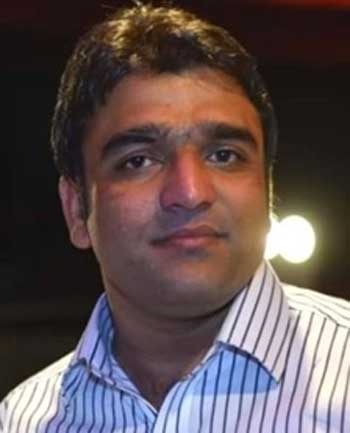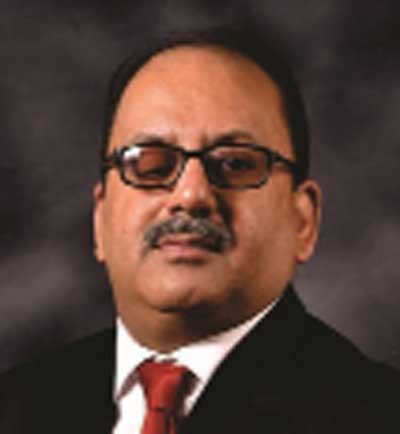Founder of the Nation Quiad-i-Azam Muhammad Ali Jinnah said: “Education is a matter of life and death for Pakistan. The world is progressing so rapidly that without requisite advance in education, not only shall we lag behind others but maybe wiped out altogether.”
Pakistan has consistently lagged in education standards compared to other provinces and regions of the country. The dire situation stems from decades of poor-governance, rampant corruption and government neglect. Literacy rate in Pakistan stands at just 61 percent, legging behind the countries of the region. Sex-wise, status of education put even darker image as far as female literacy rate is concerned it merely up to 45 percent. Apart from that drop out ratio enlarges the woes of the country. Putting together, country education infrastructure is in dilapidated condition which is not up to mark and match the standards of twenty first century.
Resultantly, mess in education system causes rampant increase in child labour, worsening street crime, drug addiction, children physical abuse, forced marriages and homesickness.
The education section of the executive summary of the Economic Survey of Pakistan 2021-2022 notes: “Pakistan is committed to transform its education system into a high-quality global-market demand driven system in accordance with Goal 4 of the Sustainable Development Goals (SDGs).” However, the reality is vastly different. In 2021-22, we spent only 1.77% of GDP on education related expenditure at the both federal and provincial levels.
Most of the UN agencies recommend the minimum expenditure on education should be 4% of GDP. In recent years, the highest percentage of GDP we spent on education was in 2017-18, when education expenditures were raised to 2.12%. The usual argument given for lack of spending on education has always been and still is that we do not have the resources.
Bertrand Russell said: “When you want to teach children to think, you begin by treating them seriously when they are little, giving them responsibilities, talking to them candidly, providing privacy and solitude for them, and making them readers and thinkers of significant thoughts from the beginning. That’s if you want to teach them to think.”
Conversely, education standard in our country, particularly in Sindh province is against what Bertrand Russell has opined to execute while teaching. Only teaching methodology is not guilty to deliver, but resources allocated, policy formulated, and administration in teaching institutions are culprit behind this rot learning, marginal thinking faculty and unconscious behavior.
From primary to graduation level, education standards rarely meet the requirement of this century where fields of information technology, robotics, artificial intelligence, digitization of the services are replacing manual, rot and outdated educational standards. Article 25-A of the 1973 constitution explain that up to 16 years education is the right of every child male or female, Muslim or non-Muslim. However, ground reality is totally against what our own constitution demands from the state.
Getting education has become a kind of luxury that is out of the reach of the 40 percent of the population of the country. Only the upper strata of the society have access and they can reap the benefits. Before diving into the diagnosis of the ills of the education in country and specifically in Sindh it is pertinent to draw the issues and problems at higher level where its genesis rests. In lines above I have mentioned the hosts of problems which affect the performance of the education sector.
The way forward lies in the will of the state and institutions to uplift the standard of education in the country. Poor performance of the education sector results in; retreat of democratic norms, under development, weak political culture, weakening social fabric, lagging behind in economic terms.
Status of education in the country




